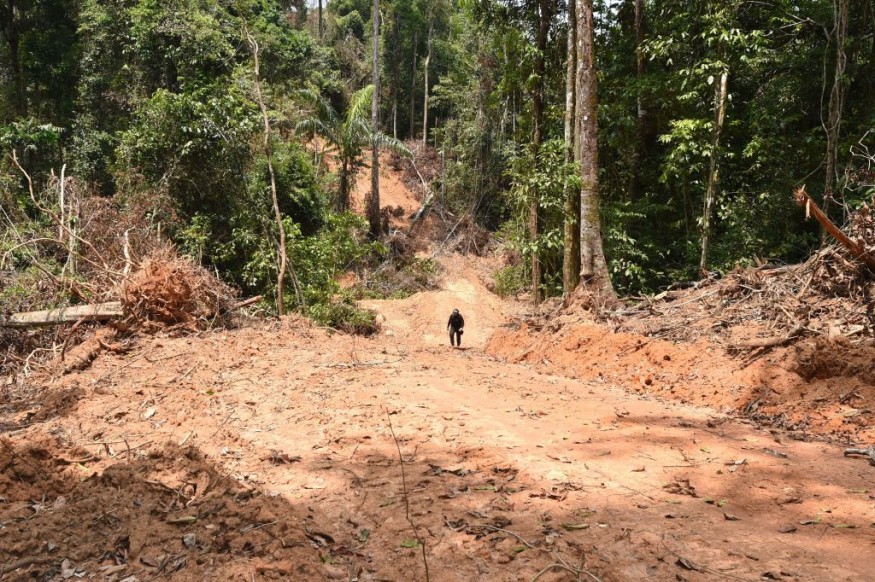High tree mortality has put trees in the southern Amazon rainforest in a significant population decline.
A group of British and Brazilian scientists blamed climate change-driven extreme wind and water deficiency to be the leading cause of tree death in the Amazon, as per a new study on ecology and environment.
Climate Change as the Main Culprit

In a study published in the Journal of Ecology on Feb. 22, scientists from Brazil and the UK conducted extensive fieldwork in the southern Amazon rainforest.
The scientists discovered over 70% of trees in the southern Amazon rainforest have either been "damaged" or have "severely broken crowns" years before they die.
The scientific team determined the destruction of the tree crown was because of extreme wind and water deficiency caused by climate change, which poses a high ecological and environmental threat.
Compared to other regions, the damage caused in the southern part of the Amazon is higher.
The study was conducted by a team of researchers from the University of Leeds, the University of Oxford in the UK, and the State University of Mato Grosso in Brazil.
They investigated thousands of tree death in the southern edge of the Amazon rainforest.
The team chose the southern Amazon rainforest as a site since it has experienced some of the most devastating impacts of extreme weather due to climate change.
The study concluded that both broken crowns due to extreme wind and water deficiency due to drought are the main causes of tree death.
Also read: Worsening Situation in Amazon Rainforest May Expose Millions of People to Lethal Heat Stress
Deforestation
Although the study produced significant findings that link extreme wind and drought to high tree mortality, human activities like deforestation and excessive tree logging have contributed to the aggravation and continuance of decades-long tree death in the Brazilian Amazon.
According to the BBC, government satellite data shows that deforestation in Brazil has eradicated a total landmass of 430 square kilometers (166 square miles) of the Amazon rainforest as of January.
The findings were significantly higher than in January 2021.
Following the discovery, environmentalists have reportedly accused Brazilian President Jair Bolsonaro of allegedly allowing deforestation to increase in the country.
Furthermore, the environment enthusiasts have accused Bolsonaro of allegedly weakening the country's environmental policies.
However, the Brazilian government clarified that deforestation is lower this year compared to the past 12 months.
Bolsonaro is one of the country leaders who promised to stop and reverse the effects of deforestation during the 2021 UN Climate Change Conference (COP26) in Glasgow, Scotland.
Role of the Amazon Rainforest
A combination of both climate change-related factors and human-driven activities is evidently posing a threat to the Amazon rainforest, which is responsible for mitigating the effects of global warming through the absorption of both natural and man-made greenhouse gases in the atmosphere.
According to the environmental organization Greenpeace, the Amazon rainforest is home to over 24 million people, including indigenous groups, and thousands of species of animals and plants.
The Amazon is described to have unparalleled biodiversity but is currently at risk.
© 2025 NatureWorldNews.com All rights reserved. Do not reproduce without permission.





